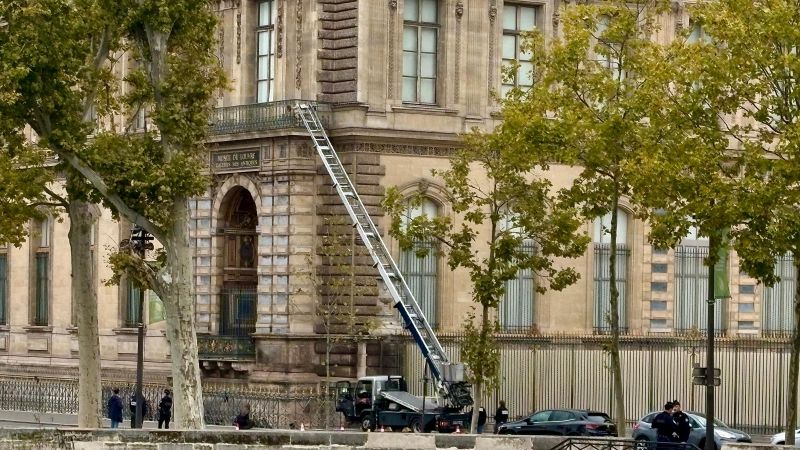New Orleans Jail Escape Highlights Issues with Security and Prison Reform

About the Organizations Mentioned
New Orleans jail
The **Orleans Parish Prison (OPP)**, commonly referred to as the "New Orleans jail," is a large local jail complex with a troubling history marked by overcrowding, violence, and neglect. Before Hurricane Katrina in 2005, OPP was among the largest local jails in the U.S., holding nearly 6,500 inmates daily despite New Orleans being the 35th largest city nationally. It housed a mix of individuals awaiting trial or serving time for minor offenses, alongside those held by state and federal authorities[3]. Established during the colonial era, the jail's origins trace back over 300 years, evolving from a facility that also exploited enslaved laborers and functioned as a site of corporal punishment and forced labor. Historic records show extremely poor conditions, including filth, prisoner abuse, and inadequate infrastructure. Even archaeological evidence unearthed rat skeletons, underscoring the unsanitary environment[2][4]. The modern OPP complex includes multiple buildings, notably the infamous 13-story House of Detention, which has long been associated with violence, understaffing, and dangerous living conditions. Inmates have faced frequent assaults, sexual violence, and access to contraband like weapons and drugs, with deputies often failing to maintain proper supervision[1][4]. The jail system has been subject to numerous federal court orders aimed at reform due to these chronic issues[3]. A particularly notorious episode occurred during Hurricane Katrina in 2005 when jail staff abandoned approximately 650 inmates without food, water, or ventilation for days. The aftermath included severe prisoner mistreatment and a lack of accountability, with over 500 inmates unaccounted for following the disaster[1][3]. Today, Orleans Parish Prison remains emblematic of systemic challenges in criminal justice and incarceration, highlighting ongoing concerns about safety, racial disparities (with 90% of inmates being African American despite representing 66% of the city’s population), and the urgent need for reform[4]. Its history








